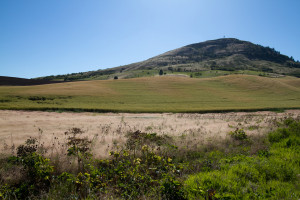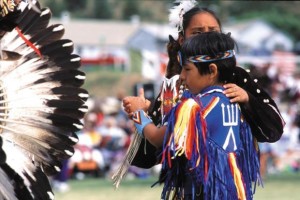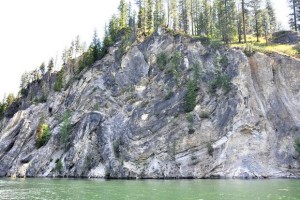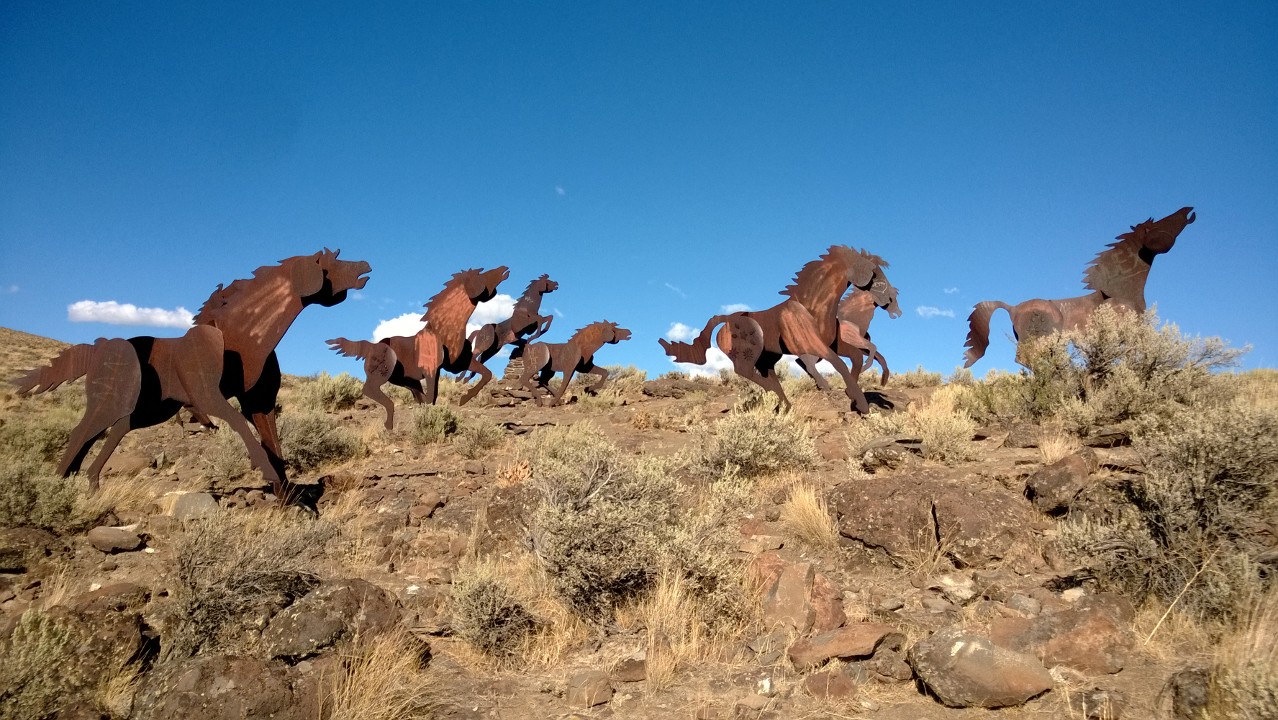Yesterday’s history is today’s tourist attraction
The ability to entice visitors to your corner of Washington may lie in your area’s unique local history. Statistics show that more and more people are citing historical—whether it be natural, cultural or heritage tourism as the reason for their travel. You need to stay on the forefront of this emerging trend…but how?
What is heritage tourism?
The National Trust for Historic Preservation defines heritage tourism as “traveling to experience the places, artifacts and activities that authentically represent the stories and people of the past,” and “heritage tourism can include cultural, historic and natural resources.” As the History Insider for Scenic Washington, I get to track those down and help our communities tell their stories to a wider and potentially previously unreached audience.
But I can’t get to them all (though I’d like to, believe me!). And with so much history, heritage and culture sewn into the fabric that makes up each one of Washington’s communities, it would be a shame if those stories remained untold. No community wants visitors to see its uniqueness and beauty from behind a windshield at 40 miles per hour. You want travelers to eat at your restaurants, stay in your hotels and shop in your stores.
 Events that shaped our history
Events that shaped our history
History is an often-untapped marketable resource. After all, it is the historic significance of a place that brings it to life. Steptoe Butte, for example, is just a bump in an otherwise unbroken agricultural landscape on the drive from Spokane to Pullman. However, in 1858 it was the site of a pivotal point in Washington State history—the high ground where Lt. Col. E.J. Steptoe and 160 men retreated from over 1,000 Spokane, Palouse and Coeur d’Alene Indians. Were it not for Steptoe’s clandestine escape under the cover of darkness, that battle could have potentially changed the course of Washington state history.
Standing atop the butte (which happens to also be culturally significant for its geology, as similar land masses surrounded by lava rock are commonly called “steptoes” by geologists), one can easily imagine the scene that Lt. Colonel Steptoe must have witnessed as his men, supplies and ammunition began to dwindle and the Native American force ten times the size of his own began advancing on their position.
 Our rich tribal heritage
Our rich tribal heritage
Speaking of Native Americans, Washington is blessed with twenty-nine federally recognized tribes and remnants of countless others still seeking such recognition. Our rich Indian history—stretching back since time immemorial—is of tremendous interest to visitors from all over the world so be sure to include your regional cultural heritage museums, battlefields and tribal events in your marketing outreach. It’s astounding stuff, and people want to experience it for themselves.
Events that shaped our landscape
 Like the geological significance of Steptoe Butte, natural history counts too. From the reservoir behind Boundary Dam tucked tightly into Washington’s northeast corner, you can see the effects of a cataclysmic collision of tectonic plates so dramatic that the trees on the gnarled hillsides grow upside down to this day. As one geologist glibly told me, “Something really bad happened here.”
Like the geological significance of Steptoe Butte, natural history counts too. From the reservoir behind Boundary Dam tucked tightly into Washington’s northeast corner, you can see the effects of a cataclysmic collision of tectonic plates so dramatic that the trees on the gnarled hillsides grow upside down to this day. As one geologist glibly told me, “Something really bad happened here.”
The gouged out coulee region, a remnant of the ice age glacial Lake Missoula floods, contains steep terraced basalt walls that are stark, jagged, and staggeringly beautiful. The rolling hills of the Palouse are merely the ripples formed by the 300-foot wall of water that inundated this region causing the Columbia River to jump its banks and change course all the way to the Pacific—killing every living plant and creature in its path.
Giant boulders the size of barns that still remain in open fields were the river “pebbles” deposited in the wake of these floods that occurred some 12-16,000 year a ago. A basalt cliff is just… well a basalt cliff until you stand there and envision the magnitude of the epic series of events that created it. The tourism potential from activating people’s imaginations with these geological stories is nearly incalculable.
History’s economic significance for small rural communities
History and heritage are great economic levelers. Instead of trying to compete for tourist dollars against a Space Needle or whatever the Experience Music Project building is supposed to resemble, every town can compete for heritage tourists. You can be as big as Bellingham or as small as Sprague and still have a fascinating story to tell. Maybe a landslide wiped out a village (Ozette) in your area nearly three centuries ago, or maybe you have the only horizontal arrastra (Liberty) in the United States. Real, meaningful and tactile history will always have a following. You just need to reach them.
Take inventory and target your message
In his recent article, Emphasize Everything, Emphasize Nothing, my fellow Scenic Marketeer Marcus Yearout cites the volumes of data Scenic Washington has on the travel habits of visitors to the ScenicWA.com website. Seventy-four percent travel as a couple. Most go without kids. This is the kind of data that will help you target your message (and your limited budgets) to the people most likely to be interested in what you have to offer. You can use this data to help build stories and adventures around the historic people and events, heritage sites and cultural areas that your town can package and advertise.
The road-trippers are out there and they want to discover your story. Tell it right, and instead of breezing through town they might linger for a coffee, a meal or even stay for a night. And they might even come back…with friends.

